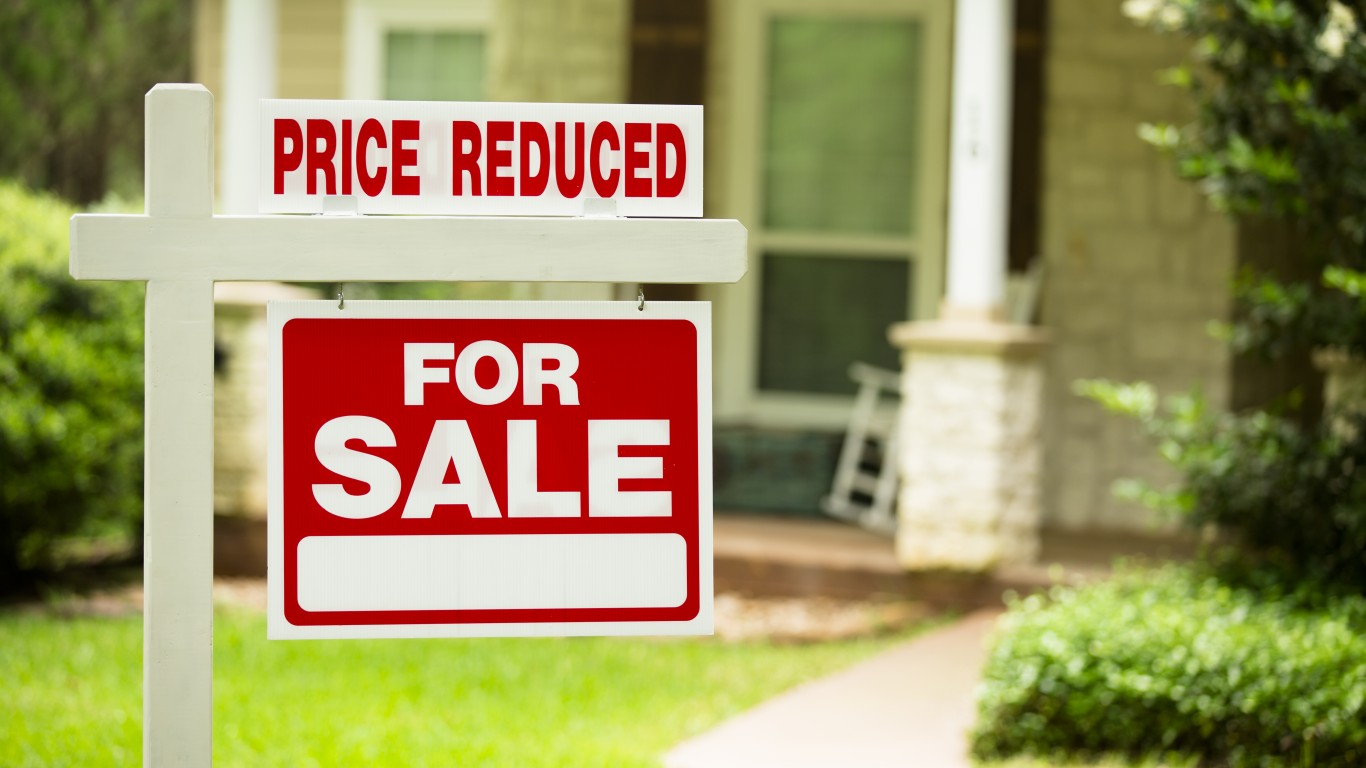
Since 2010, when Americans actually paid more on their credit card bills than they charged, the annual increases have risen from $2.5 billion in 2011 to $71.0 billion in 2015. Total credit card debt at the end of last year had reached $919.1 billion, and at current growth rates, should wind up 2016 at roughly $1 trillion.
In the first quarter of 2016, Americans paid down $33.8 billion in credit card debt, including a $7 billion charge-off. According to research at CardHub, however, that’s the smallest first-quarter pay-down since 2008 and almost 25% below the post-recession average.
Average U.S. household indebtedness dropped to about $7,600 during the first quarter. That represents an increase of 6% in indebtedness, compared with the first quarter of 2016. Worse, perhaps, it is just $831 below a tipping point (where minimum payments become unsustainable and delinquencies skyrocket) that CardHub has said is unsustainable. CardHub projects that average indebtedness will rise to more than $8,500 by the end of 2016.
Some other points to ponder from the CardHub study:
- With 8 of the last 10 quarters reflecting year-over-year regression in consumer performance, evidence is mounting to support the notion that credit card users are reverting to pre-downturn bad habits.
- Despite credit card debt levels trending significantly upward, charge-off rates remain near historical lows. Something clearly has to give, and it does not seem to be our spending habits.
- The first quarter of 2016 shares a lot of similarities with Q1 2007, including the pay-down amount, its size in relation to the previous quarter’s build-up and the charge-off rate at the time. That is not good news for consumers, considering the financial turmoil that followed the last time around.
In its report issued Tuesday on consumer credit, the Federal Reserve reported total revolving debt of $951.5 billion as of the end of April. That represents a 4.5% increase compared with April of 2015. At the end of 2015, revolving credit outstanding totaled $937.9 billion, according to the Fed.
100 Million Americans Are Missing This Crucial Retirement Tool
The thought of burdening your family with a financial disaster is most Americans’ nightmare. However, recent studies show that over 100 million Americans still don’t have proper life insurance in the event they pass away.
Life insurance can bring peace of mind – ensuring your loved ones are safeguarded against unforeseen expenses and debts. With premiums often lower than expected and a variety of plans tailored to different life stages and health conditions, securing a policy is more accessible than ever.
A quick, no-obligation quote can provide valuable insight into what’s available and what might best suit your family’s needs. Life insurance is a simple step you can take today to help secure peace of mind for your loved ones tomorrow.
Click here to learn how to get a quote in just a few minutes.
Thank you for reading! Have some feedback for us?
Contact the 24/7 Wall St. editorial team.



